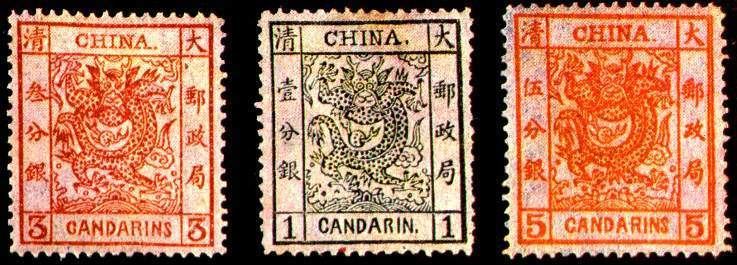Chinese 分 Wade–Giles fen Hokkien POJ hun | Hanyu Pinyin Yale Romanization fàn Vietnamese alphabet phân | |
 | ||
A candareen (/kændəˈriːn/; Chinese: 分; pinyin: fēn; Cantonese Yale: fàn; Singapore English usage: hoon) is a traditional measurement of weight in East Asia. It is equal to 10 cash and is 1⁄10 of a mace. It is approximately 378 milligrams. A troy candareen is approximately 374 milligrams (5.77 gr).
In Hong Kong, one candareen is 0.3779936375 grams and, in the Weights and Measures Ordinance, it is 2⁄150 ounces avoirdupois. In Singapore, one candareen is 0.377994 grams.
The word candareen comes from the Malay kandūri. An earlier English form of the name was condrin. The candareen was also formerly used to describe a unit of currency in imperial China equal to 10 li (釐) and is 1⁄10 of a mace. The Mandarin Chinese word fēn is used to denote 1⁄100 of a Chinese renminbi yuan but the term candareen for that currency is now obsolete.
Postal denomination
On 1 May 1878 the Imperial Maritime Customs was opened to the public and China's first postage stamps, the "Large Dragons" (Chinese: 大龍郵票; pinyin: dài lóng yóupiào), were issued to handle payment. The stamps were inscribed "CHINA" in both Latin and Chinese characters, and denominated in candareens.
